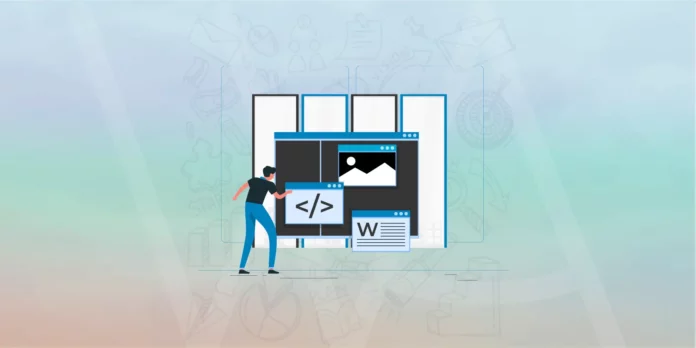Uploading and editing images in WordPress has never been easier. With the latest enhancements to the Media Library, you can now tweak and modify your images directly within the platform. However, before you get started, it’s important to note that the image should be in an acceptable format such as GIF, JPEG, JPG, or PNG. These formats ensure compatibility and optimal performance.
In this guide, we’ll walk you through the steps of editing images in WordPress, highlight useful features, and provide alternative methods for image editing. Additionally, we’ll share some helpful resources to enhance your overall experience. Let’s dive in!
Table of Contents
Uploading and Viewing Images in the Media Library
When it comes to uploading images in WordPress, the process is quick and straightforward. Simply navigate to the Media Library and select the “Add New” button. From there, you can upload the desired image file. Once uploaded, you can easily access and view the image by selecting the “Show” option beneath the thumbnail.
Editing Images in the WordPress Media Library
To edit an image after uploading it to the Media Library, follow these simple steps:
- Select the image you want to edit from the Media Library.
- Click on the “Edit Image” button located below the image thumbnail.
- This will take you to a new window where you can make various edits according to your requirements.
- Once you’re satisfied with the changes, make sure to save the edited image.
Within the image editing window, you’ll find a plethora of options. These include resizing the image to save storage space, setting alignment, and even deleting the image if necessary. By utilizing these features, you can tailor your images to perfectly fit your website’s theme and overall design.
Exploring Other Online Image Editing Options
In addition to the built-in editing capabilities of WordPress, there are several online photo editing tools available. These tools offer more advanced features like cropping, adding backgrounds, image format conversions, and resizing. Here are a few notable options:
- Photoshop: Known for its reliability and extensive features, Photoshop is an industry-standard software for professional photo editing.
- Online Image Editor: Though not integrated directly into WordPress, this free tool allows you to resize images with ease.
- Photovisi: Ideal for creating collages and other stylish photo arrangements, Photovisi offers a user-friendly online platform.
- Pizap: With Pizap, you can upload, edit, and design your photos, making it a versatile option for image customization.
- Befunky: A popular tool for social media enthusiasts, Befunky provides an all-in-one solution for image editing and customization.
Conclusion
Incorporating images into your blog posts is an effective way to enhance storytelling and engage your readers. You don’t need to be a professional designer to create compelling visuals – with the tools and resources mentioned above, anyone can elevate their image game.
Remember, WordPress offers built-in image editing features that allow you to resize, align, and optimize your images for the best performance. Moreover, online photo editing tools can provide additional flexibility and advanced options for customization.
With these tools at your disposal, you can create visually captivating blog posts that leave a lasting impression. Start experimenting with image editing in WordPress and unleash your creativity. Have you tried any of these methods or tools? Let us know your experience!
Happy Editing!





